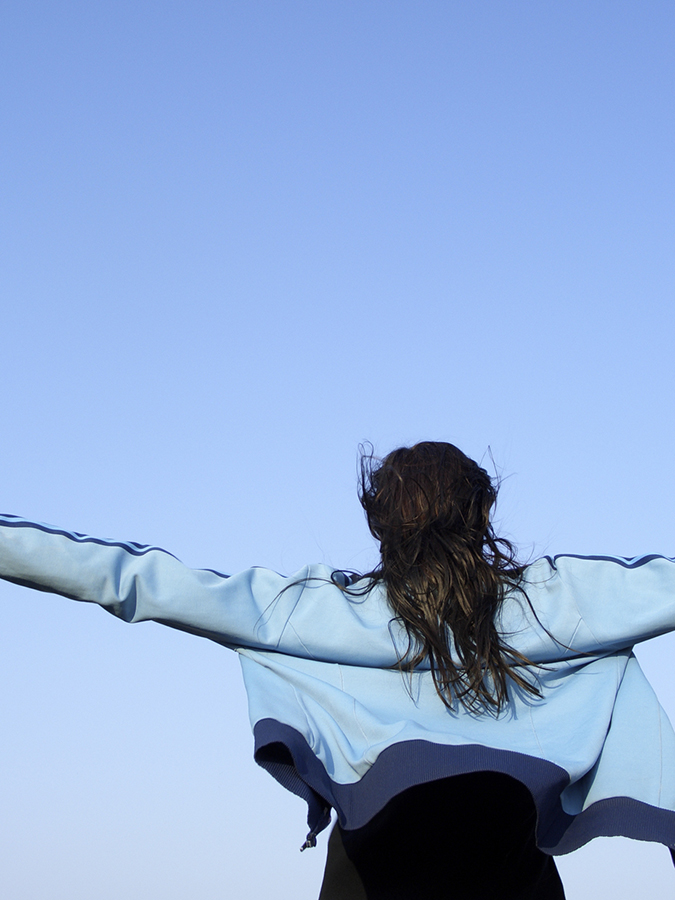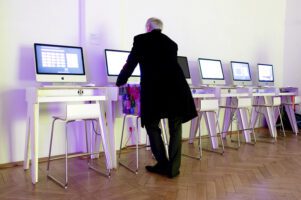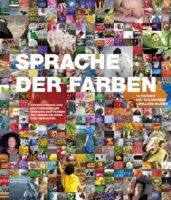Content and objectives
The process of perception involves active exploration, selection, grasping the essentials, simplifying, abstracting, analyzing and synthesizing, supplementing, correcting, comparing, solving tasks, combining, differentiating, putting into context.
All perceptions and ideas of our existence in the environment are structured spatially and temporally. This corresponds to the nature of our sensory experiences, which the brain organizes in a memory model of the external world. It is through the mistakes, errors and failures we recognize that we learn, as the brain involuntarily corrects and expands our spatial concepts. The cultural space provides us with the instructions for its use. We perceive where we have to orient ourselves, how we use things or what we can interact with.
During the seminar, we will use practical examples from art, design and interior design to explore the human senses and their functions for the aesthetics of perception. The explanation of how the senses of sight, touch, hearing, smell/taste, balance and movement work takes place with regard to the consequences for all areas of design.
The seminar teaches the basics of perceptual psychology for designers with reference to practical examples of image, film and spatial design.
Topics:
- Proportion aesthetics – Perception of balance
- Material aesthetics – Tactile perception
- Form aesthetics – Haptic perception
- Movement aesthetics – kinaesthetic perception
- Smell and taste aesthetics – Olfactory/gustatory perception
- Color aesthetics – Visual perception
- Music – auditory perception
- Synaesthesia – multisensory perception
- Atmospheres – emotionality of perception



